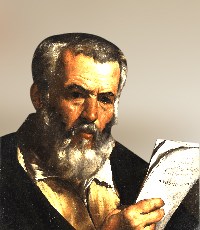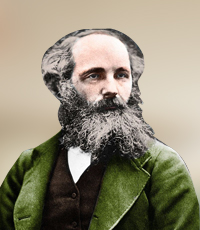
James Clerk Maxwell (13 June 1831 – 5 November 1879) was a Scottish researcher in the field of scientific material science. His most striking accomplishment was to figure the old style hypothesis of electromagnetic radiation, uniting just because power, attraction, and light as appearances of a similar marvel.
James Clerk Maxwell’s work heralded a new epoch in physics – he unified the electric and magnetic forces, showing that they are fundamentally the same force. His conditions demonstrated that when electric charges quicken they discharge influxes of electromagnetism going at the speed of light, setting up that light itself is an electromagnetic wonder – in doing so he bound together power, attraction and optics.
His kinetic theory of gases accurately explained the origin of temperature and he introduced probability theory into the physics of the very small, which today is indispensable.
He was the primary individual ever to deliver a shading photo; and, with enormous scientific and physical instinct, he clarified the conduct of Saturn's rings more than 100 years before the Voyager shuttle affirmed that he was completely right.
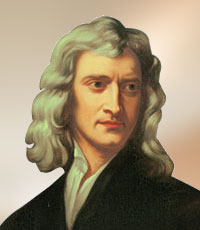
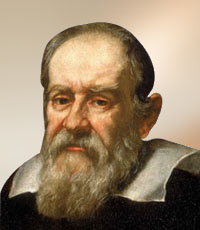
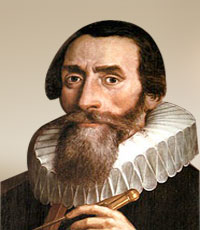
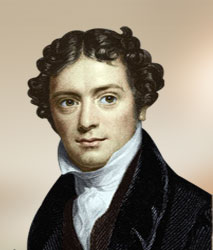
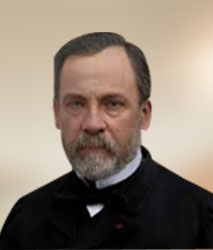
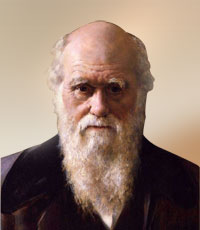
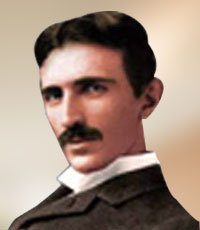
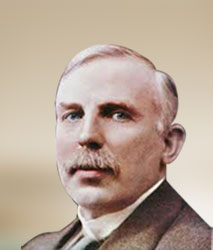
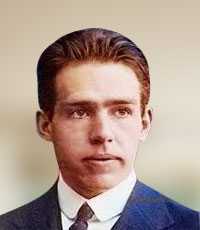

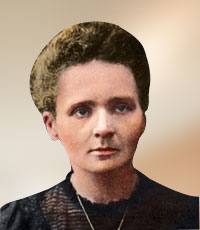
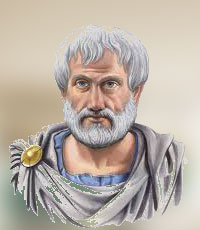
.jpg)
